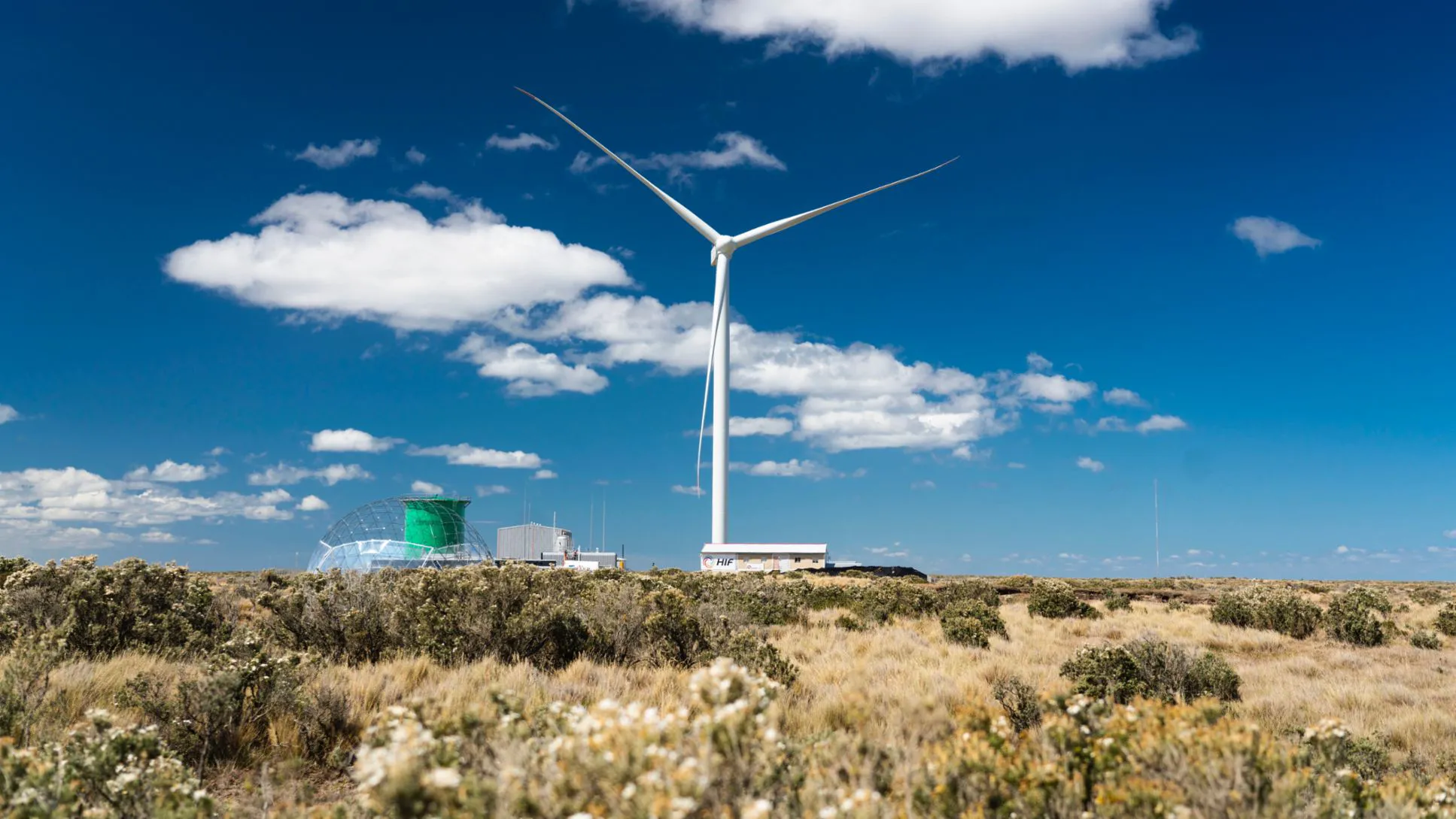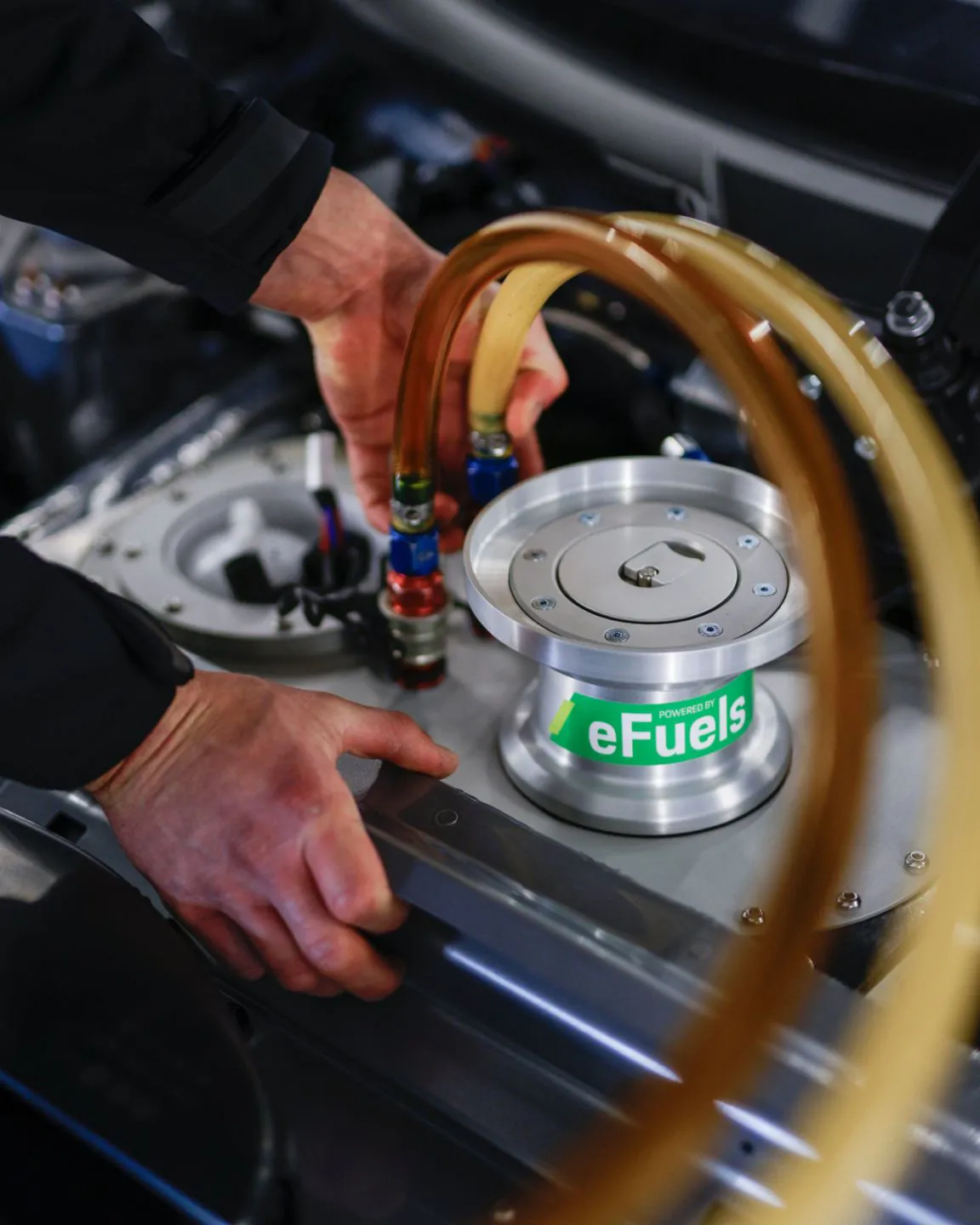eFuel
The Sustainable Alternative?
Introduction
Several automotive manufacturers and industrial consortia have been investing in synthetic fuels — known as eFuels — as a complementary alternative to fossil fuels, particularly in contexts where full electrification is not feasible. These fuels combine green hydrogen with carbon dioxide captured from the atmosphere, offering a lower carbon footprint compared to traditional fuels.
One example of this investment is the pilot project in Punta Arenas, Chile, involving Porsche, Siemens Energy, HIF Global, and ExxonMobil. This project aims to start small-scale production, with the goal of scaling up to industrial volumes. This alternative to traditional fuels allows the use of existing infrastructure and engines, facilitating adoption in markets where electric mobility still faces significant barriers.

According to representatives of the automotive industry, eFuels are seen as a strategic complement to electric mobility, with the potential to preserve existing and historic vehicles while reducing their environmental footprint.
What Are eFuels and How Do They Work?
eFuels are liquid fuels produced synthetically from renewable energy, captured CO₂, and water, using processes such as electrolysis and Fischer-Tropsch synthesis. They are compatible with internal combustion engines and can be distributed through existing infrastructure, like traditional fuel stations.

The Technology Behind eFuels
How are eFuels produced?
eFuels are created through chemical processes that transform renewable raw materials, such as carbon dioxide (CO₂) and hydrogen (H₂), into liquid fuels that can replace traditional fossil fuels.
What is the Energy Efficiency of eFuels?
The production of eFuels involves several stages, each with energy losses that affect the overall efficiency of the process:
- Water electrolysis to produce hydrogen has an efficiency of about 60–80%, depending on the technology used.
- CO₂ capture consumes energy, especially if done directly from air due to the low concentration of CO₂ in the atmosphere.
- Hydrocarbon synthesis also involves energy losses, with variable efficiency depending on the chemical process and catalysts used.
Overall, the energy efficiency of eFuels tends to be lower compared to other direct uses of renewable energy, such as direct electrification of electric vehicles.

Can eFuels be Used in Conventional Engines?
One of the main advantages of eFuels is their compatibility with current internal combustion engines, without requiring major changes to vehicles or fueling infrastructure.

- Direct Use: eFuels can be used as direct substitutes for gasoline or diesel in conventional engines, enabling reduced net carbon emissions if produced from renewable sources.
- Similar Performance: They have combustion properties very similar to fossil fuels, allowing engines to maintain their usual power, efficiency, and durability.
- Energy Transition: They support the transition to more sustainable mobility by enabling continued use of existing vehicles while other solutions, like electric vehicles, are further developed.
Technological Innovation in the eFuels Sector
A study published in the scientific journal Energies analyzed 848 patent families registered between 2010 and 2021, outlining the global innovation landscape in the sector. The research highlights that most R&D activity is led by private entities, focusing on the following technological areas:
- Production of liquid hydrocarbons (C10G 02)
- Production of gases such as carbon monoxide and hydrogen (C10J 03)
- Separation and purification of hydrogen (C01B 03)
Asia (China, Japan, South Korea) leads patent filings, followed by the USA and Germany. South Korea shows notable public-sector involvement in this research.
Challenges and Opportunities of eFuels
Despite their current high production costs, eFuels offer significant advantages for sectors that are hard to electrify, such as aviation, maritime transport, and the preservation of classic vehicles. The potential to use captured CO₂ also makes them potentially carbon-neutral, which could be crucial in the context of global climate goals.
What This Means for Controlar
Although eFuels are not currently part of Controlar’s solution portfolio, technological developments in this area represent trends with potential impact on the mobility, energy, and industrial sectors. Their evolution could open pathways for new types of tests, sensors, and control systems, reinforcing the importance of tracking these transformations to contextualize changes that may influence — directly or indirectly — the ecosystems in which the company operates.
Conclusion




